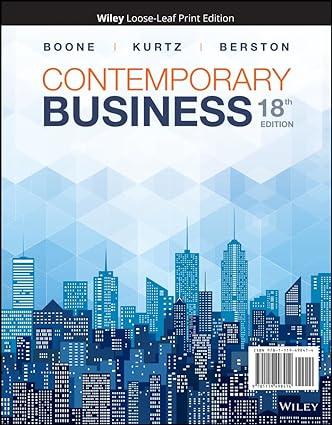You might not immediately associate transparency and communication with the look or layout of a company's workspace.
Question:
You might not immediately associate transparency and communication with the look or layout of a company's workspace. At Yelp, a company that publishes crowdsourced reviews about local businesses, an open workspace is as much a part of its floor design as its culture. Designed to improve communication and encourage a culture of openness, Yelp's futuristic-looking open space office is intended to facilitate new ways for employees to collaborate, innovate, and share knowledge.
Growing in popularity over the last decade, an open office space was the look for a typical start-up—and a cost-effective way of cramming more people into an open space equipped with benches and desks.
Now a relic of the past, a corner office, even for Yelp's co-founder and CEO, doesn't exist. There are no private offices at Yelp.
Although some see the open floor plan as the new look, not everyone has embraced it warmly. In fact, there has been some backlash as some companies migrate to an open office plan. Even with the best noise-canceling headphones, some find the environment and culture “polluting”—noisy, distracting, and a negative for employee morale.
An open workspace makes it difficult to concentrate, and at times, instead of communicating, co-workers might have a tendency to ignore one another in order to get their work done.
To deal with the backlash and for some, a need for privacy, Yelp has compromised between open and closed offices by adding additional private spaces. Yelp realizes different groups have different communication needs and expectations, and many may need additional quiet space. The private spaces consist of conference rooms, phone booth rooms, and “chill-out” rooms. To maintain its culture of communication, openness, and transparency, Yelp has adjusted its open office space with the right amount of small spaces, which just might earn the company its own five-star review.
Questions for Critical Thinking
1. Discuss how the same openness that can increase innovation, collaboration, and knowledge sharing in an open office environment can also undermine it.
2. Approximately 70% of U.S. companies have open space offices. However, they're not for everyone. Discuss how a company might confront the challenge of hiring someone who previously had a private office in another firm.
Step by Step Answer:

Contemporary Business
ISBN: 9781119498414
18th Edition
Authors: Louis E. Boone, David L. Kurtz, Susan Berston





